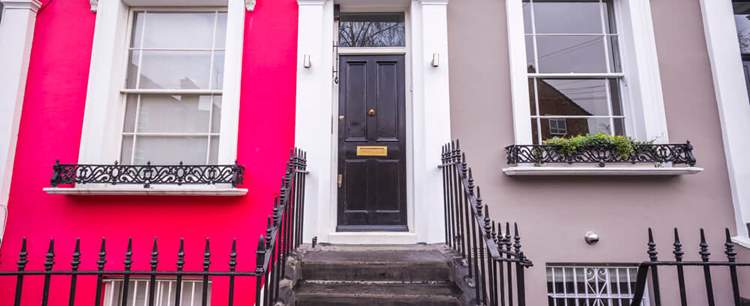So, you are thinking about converting a building into flats? Then here are some of the things you need to know about insurance
Renovation insurance
Despite a recent relaxation in the regulations, you are still likely to need planning permission for the building works you propose. It is when you are about to commission the builders that you need to consider the question of insurance.
Given the structural alterations that are going to be taking place, specialist renovation insurance is necessary to continue to protect against the risk of damage to the existing structure. If you already have any kind of insurance in place, this is almost certain to exclude damage incurred to the structure and fabric of the existing building during building works – whether you are creating an extension or simply renovating the current building.
Renovation insurance may also protect any building supplies and materials, together with plant and equipment you may own, against loss or damage.
Unoccupied property insurance
One of the critical elements of cover typically incorporated into renovation insurance is unoccupied or empty property insurance.
Although there may be people working on the site for most of the time on most days, insurers regard a property that is undergoing renovation works and, therefore, unfit for continuous habitation, to be unoccupied.
Once the property becomes unoccupied for longer than 45 to 60 consecutive days (the exact period depending on any insurer’s particular policies), any existing cover is likely to become severely curtailed or may even lapse altogether – leaving a valuable property completely vulnerable to the risks of loss or damage.
The unoccupied property element of renovation insurance, therefore, aims to restore the cover which your building needs while building works are in progress – and the cover is usually sufficiently flexible for you to arrange it for as many months as may be needed (less than the full 12 months, if necessary).
Landlord insurance
Once the building works are complete, and the building has been converted into flats, you are ready to accept tenants – or leaseholders on a more permanent basis.
That is the time when you need to consider the importance of landlord insurance for protection against the following risks:
The building
- as the landlord, you are typically responsible for the building insurance that protects the structure and fabric of the premises which have been converted into flats;
- the level of cover anticipates a worst-case scenario in which the entire building is destroyed, and the insurance needs to reimburse you the cost of reconstruction;
The contents
- any contents of the building, including in its common areas such as lobbies and stairways, which you continue to own also need the protection of landlord’s contents insurance;
Landlord liability insurance
- as the landlord of the flats you have created you risk claims of negligence from tenants who injure themselves or have their property damaged in what they claim to be unsafe accommodation – landlord liability indemnity insurance protects you against such claims; and
Compensation for loss of rental income
- you converted the building into flats to generate an income from rents;
- that income may be interrupted in the event of an insured incident which makes one or more of the flats temporarily uninhabitable and your landlord’s insurance typically provides compensation for that loss of rental income.
If you are converting a building into flats, therefore, there are many angles from which you might want to consider the imperative of adequate insurance at each stage of the conversion process.







